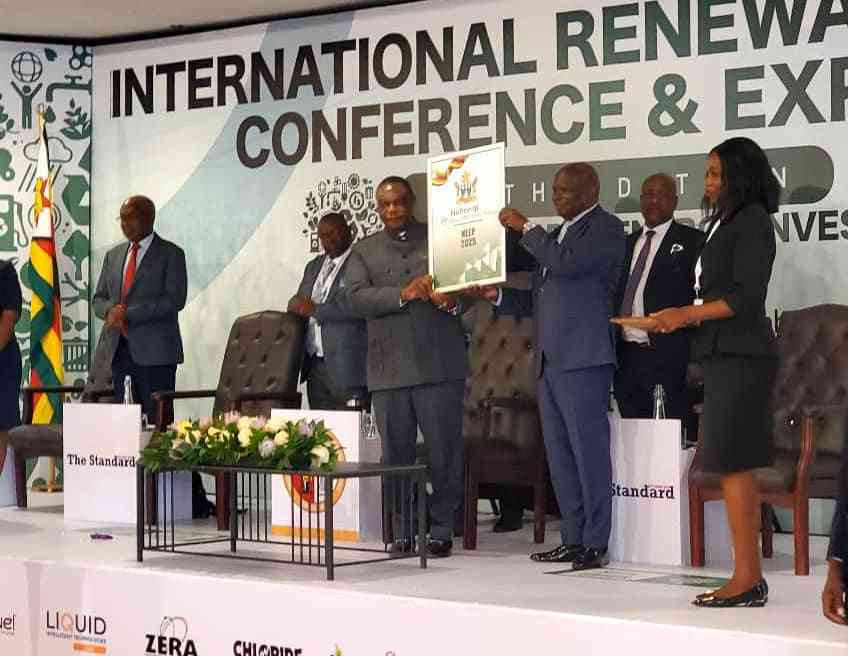
Zimbabwe needs proper currency exchange control approvals to manage potential externalisation if a two-way factoring model is to be adopted, economic analysts say.
A two-way factoring model is offered under an agreement between the factor and seller.
Under this agreement, the factor buys the seller’s accounts receivable and takes on responsibility for the buyer’s ability to pay. If the buyer cannot pay, the factor will pay the seller.
In terms of trade, a seller assigns his existing or future accounts receivable to a local financial institution, and then to a foreign financier in a country where the seller is owed money.
Speaking to Standardbusiness on the sidelines of a recent two-day Factoring, Receivables and Credit Insurance in Southern Africa Conference held in Harare, Quest Financial Services Zimbabwe managing director James Msipa said there was need for alignment between factor and seller.
Specifically, he said alignment was needed between the factor and the central bank before engaging in the transaction.
Msipa highlighted the funding gap for small to medium enterprises (SMEs) in Africa and stated that situation also applied to Zimbabwe due to its participation in intra African trade.
“US$331 billion (funding gap for SMEs) is an African figure, so it is for the whole continent,” he said.
- Open letter to President Mnangagwa
- Feature: ‘It’s worse right now than under Mugabe’: Sikhala pays the price of opposition in solitary cell
- Masvingo turns down fire tender deal
- Human-wildlife conflict drive African wild dogs to extinction
Keep Reading
“The applicability is that Zimbabwe participates in intra - African trade, so our SME exporters also form part of this funding gap, but unfortunately l do not have the actual figure for Zimbabwe.”
He said the advantages of the two-factor model is that it lowered the cost of due diligence and brought some risk sharing aspects between the export factor and the import factor.
“So, it lowers risk for the supplier parties,” Msipa added.
He also stated that prior exchange control approvals were required to manage potential externalisation.
Msipa highlighted some of the factors contributing to the funding gap for SMEs included poor documentation that affects their ability to access funding.
He added that traditional banking required collateral in the form of immovable assets.
Msipa said SMEs usually did not have these and could access the funding they required.
“Collateral registry is a step by the central bank to close that gap where movable property and receivables are now recognised as collateral,” he said.
Msipa said that SMEs needed to be upskilled and a lot of capacity building needs to be done to bring the quality of SMEs to the expected levels.
He added that factoring was another solution that could help to close this gap as it allows the SMEs to get access to cash and concentrates against their account receivables.
Reserve Bank of Zimbabwe monetary policy committee member Persistence Gwanyanya said factoring played a crucial role in unlocking cash flows.
“With factoring is you would have supplied a big corporate for example and on terms, but before you are paid, you need to factor the invoice where you get some cash flows because normally these large corporates they want to pay on terms,” Gwanyanya said.
“They give you terms for their products, but which may not be in line with your cash flow requirements.
“So, you want to factor the invoices because as a small player you are unable to bring in a balance to support borrowing, lenders will rely on the strength of the customer.”
He continued: “This is beneficial because some large corporates often offer payment terms that may not align with the small business’s cash flow needs, and one has to wait for 90 days.
“With factoring it means one can immediately supply and get paid.”
He said there were some costs involved, but that they were normally in line with the borrowing costs, because otherwise we would have borrowed.
“But we are now maybe relying on the strength of the customer. Factoring is really one of the ways of unlocking cash flow especially in cash flow scarce countries,” Gwanyanya added.










